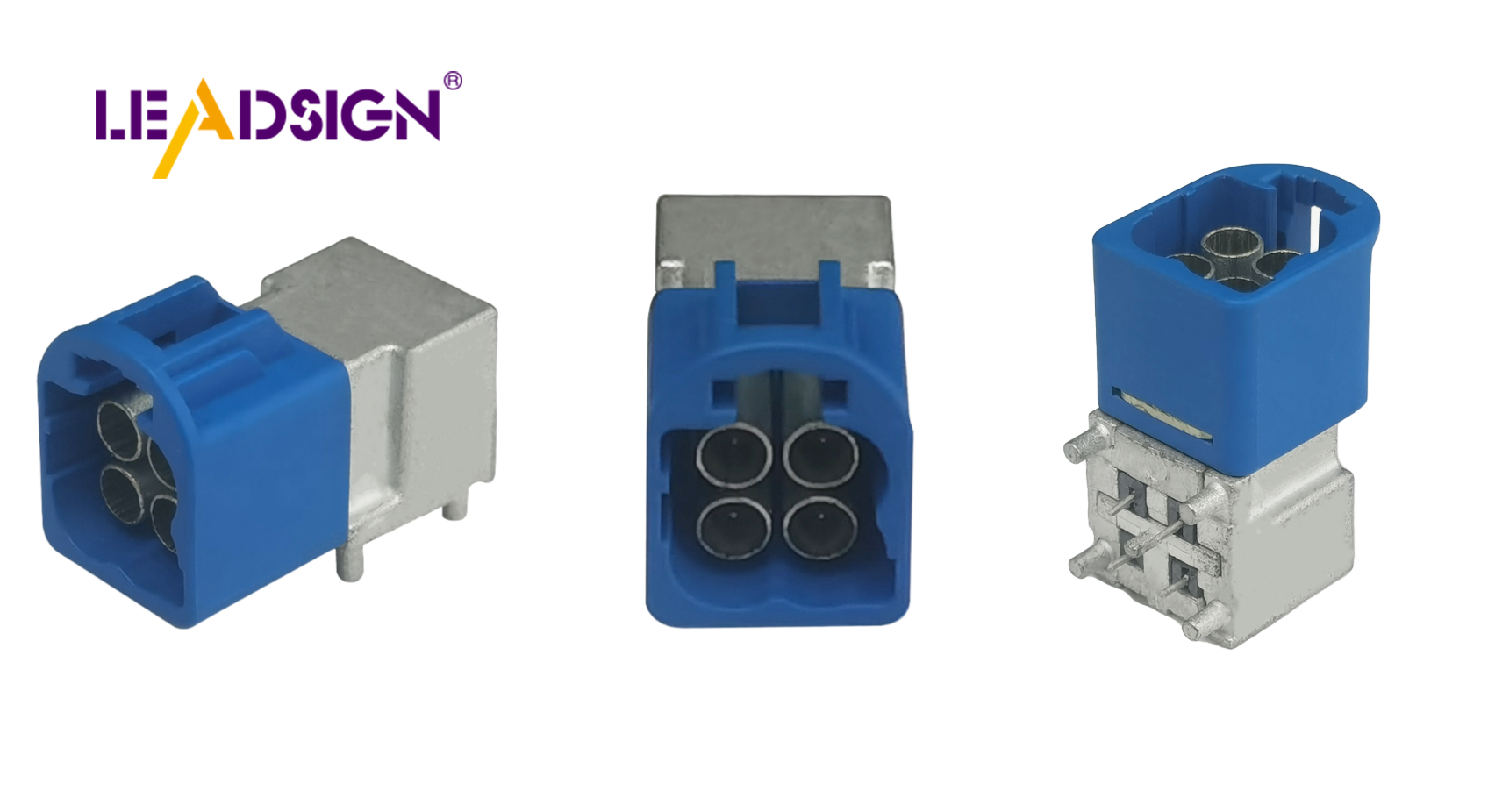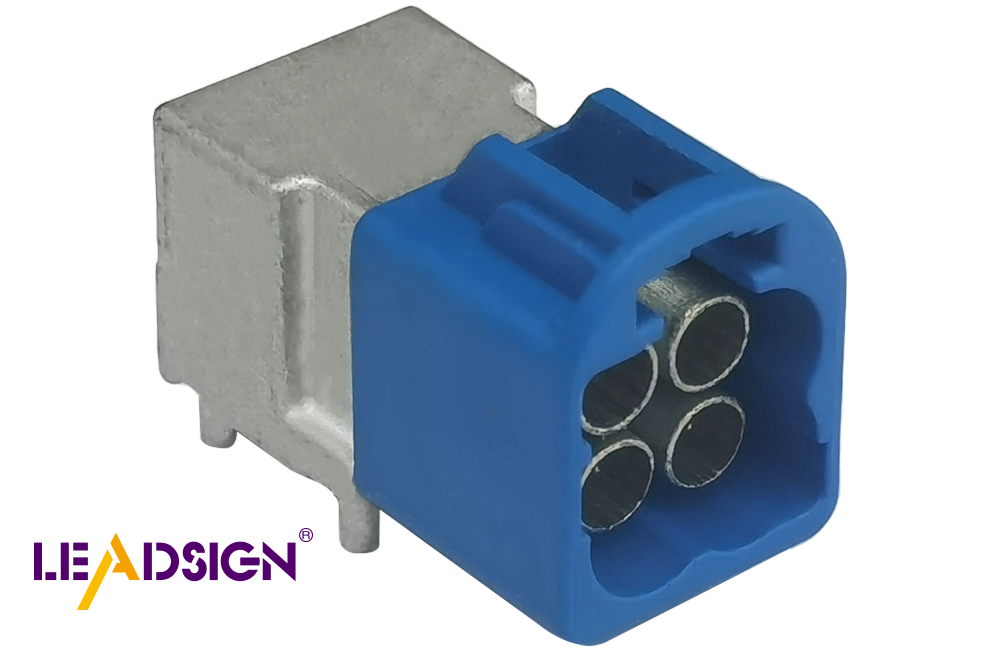How to Identify and Replace Automotive Wiring Connector Types

Knowing about automotive electrical connectors types is crucial for car maintenance. You may encounter issues such as loose wires or corrosion, which can lead to electrical malfunctions. Properly identifying and replacing these connectors offers several benefits:
Enhanced Safety: Ensures secure electrical connections, reducing the chances of malfunctions.
Cost Savings: Prevents additional repairs by addressing the root cause.
Improved Performance: Maintains optimal vehicle operation.
Understanding the various automotive electrical connectors types is key to resolving these issues and keeping your car running efficiently.
Understanding Automotive Electrical Connectors Types

When working with car wiring, knowing the different automotive electrical connectors types is important. These connectors help your car's electric systems work well. Let's look at some common types and tools to identify them.
Common Automotive Electrical Connectors Types
Blade Connectors
Blade connectors are flat metal pieces that slide into slots. They are used in cars because they are easy and reliable. They give a strong connection and are often for low power jobs.
Bullet Connectors
Bullet connectors have a round shape and fit into sockets. They are popular in car wiring because they connect quickly and reliably. Their design makes them easy to disconnect, good for places needing frequent checks.
Pin Connectors
Pin connectors have pins that go into holes. They can handle different electric loads and are found in complex car systems needing many connections.
Tools for Identifying Automotive Electrical Connectors Types
Finding the right connector type is key for good repairs and swaps. Here are some helpful tools:
Multimeter Usage
A multimeter tests electric connections by checking voltage, current, and resistance. It helps find bad connectors and shows if replacements are needed.
Connector Identification Guides
Connector guides show pictures of different connector types, making it easier to match them. Wiring diagrams also help with detailed drawings of how connectors look and fit together. You can find these diagrams online for your specific car model.
By learning about these automotive electrical connectors types and using the right tools, you can keep your car's electric systems running well. This knowledge boosts your car's performance while keeping it safe on the road.
Checking the Condition of Connectors
Knowing how your car's connectors are doing is important. It helps keep your car working well. Look for problems by checking for damage and testing if connectors work.
Signs of Damage
Worn-Out Wires
Worn wires mean your connectors need a look. Check for broken or bare wires. These can cause electric problems. Regular checks help find issues early. Using strong materials like nylon stops these problems, keeping connections safe.
Loose Connections
Loose parts can mess up electricity in your car. You might see lights flicker or power go off sometimes. Fix this by making sure all parts fit tight in their spots. Checking where they go helps tell similar ones apart and makes sure they fit right.
Testing If Connectors Work
Testing shows if connectors are okay. Simple tests check if they work right.
Continuity Test
This test sees if electricity flows without stopping. Use a multimeter to do it. Set it to continuity, touch probes to ends of the connector. A beep means it's good; no sound means trouble.
Voltage Drop Test
This test checks voltage loss in a connector. It finds resistance problems there. Put multimeter probes on ends and check voltage drop. Big drop means bad connector needing change.
By checking how connectors are, you make sure car's electric parts stay good. Regular checks and tests keep things working well and safe on roads.
Changing Car Wiring Connectors
Changing car wiring connectors keeps your car working well. Follow these steps to change them right.
Getting Ready to Change
Before starting, get the tools and stay safe.
Tools You Need
You need special tools to change connectors. Get a multimeter, wire cutters, crimping tools, and new connectors. These help with different connector types. Check wiring diagrams for the right connector type. Diagrams have pictures that help you pick the correct one.
Staying Safe
Safety is key when working with wires. Unplug the car battery to stop shocks. Wear gloves and goggles to protect yourself from harm. Make sure your work area is bright and tidy to avoid accidents.
Steps to Change Connectors
Follow these steps to change connectors easily.
Taking Out Old Connector
Find the broken connector first. Use a multimeter to check if it’s bad. Once found, gently remove it without pulling wires hard. Twist softly to take it out of its spot.
Putting in New Connector
Get the new connector ready by cutting wire ends cleanly. Put wires into the connector and use a crimper tool tightly on them. Make sure it's snug so no problems happen later. Line up the connector with its place and push until it clicks in.
Checking After Change
After putting in the new one, check everything works fine.
Making Sure Connections are Tight
Look at the new connector for loose wires. Pull each wire lightly to see if they’re tight enough. A strong connection stops electric issues and helps your car run better.
Testing New Setup
Use a multimeter again for tests. Do a continuity test for smooth electricity flow through it. Also do a voltage drop test for any resistance trouble spots. These checks make sure everything is good and your car stays safe on roads.
By doing these steps, you can change car wiring connectors well. Regular checks keep your car running great for longer.
Knowing about car wiring connectors is important for your car's health. By knowing connector types and replacing them right, your car's electric parts work well. Regular checks are key. They stop problems and help your car last longer.
"Look at reviews and ask car experts to find the best connectors for you."
If you have trouble, ask a pro for help. Experts know a lot and make sure it's done right. Keep your car working well with these tips.
See Also
Exploring HSD Connectors in Automotive Sector
Navigating Ford Fakra Connectors
Significance of Fakra Connectors in Modern Cars

